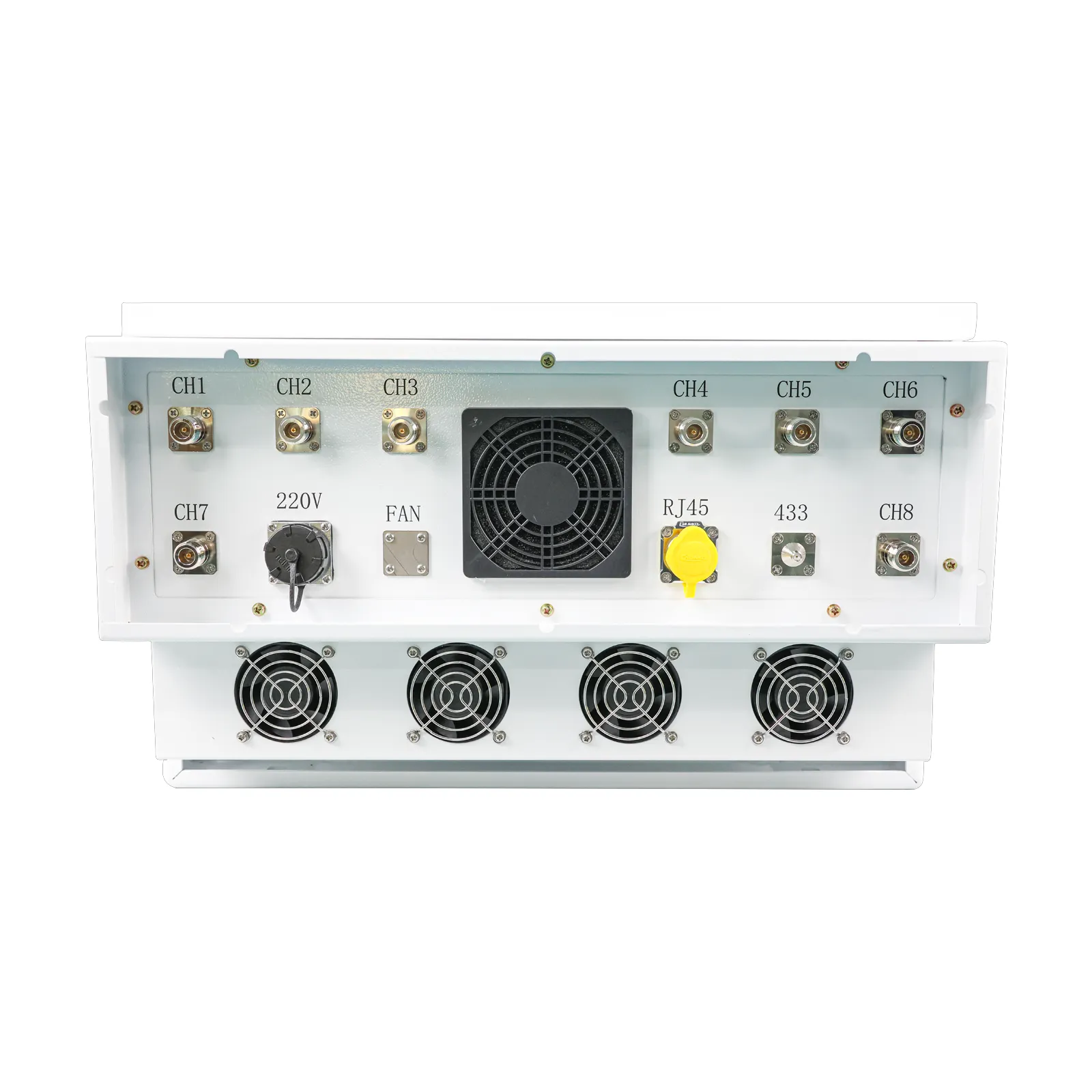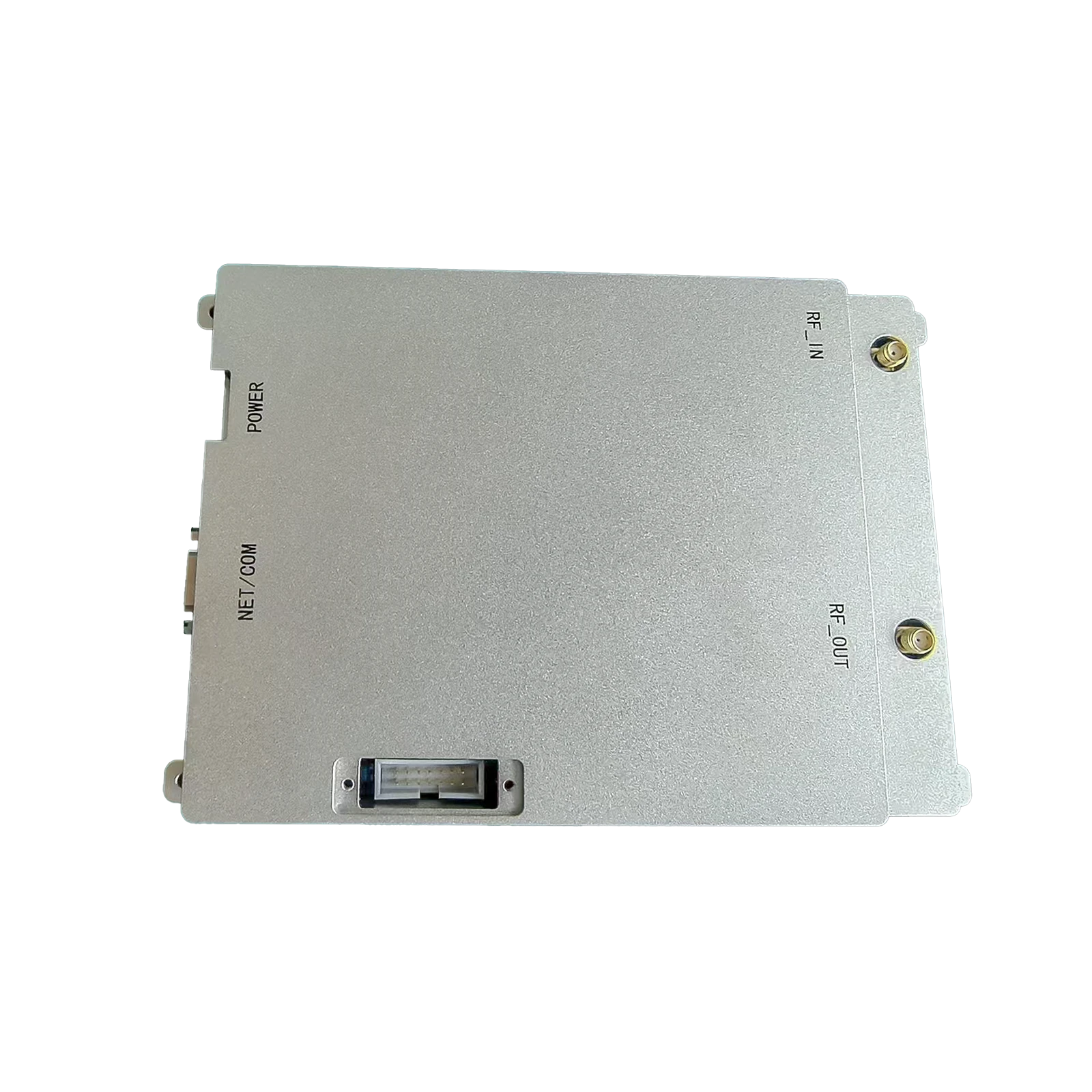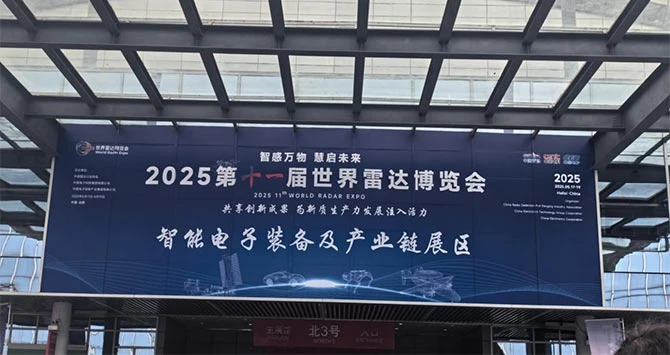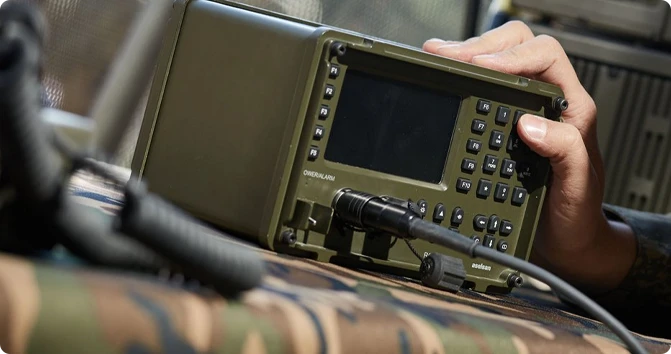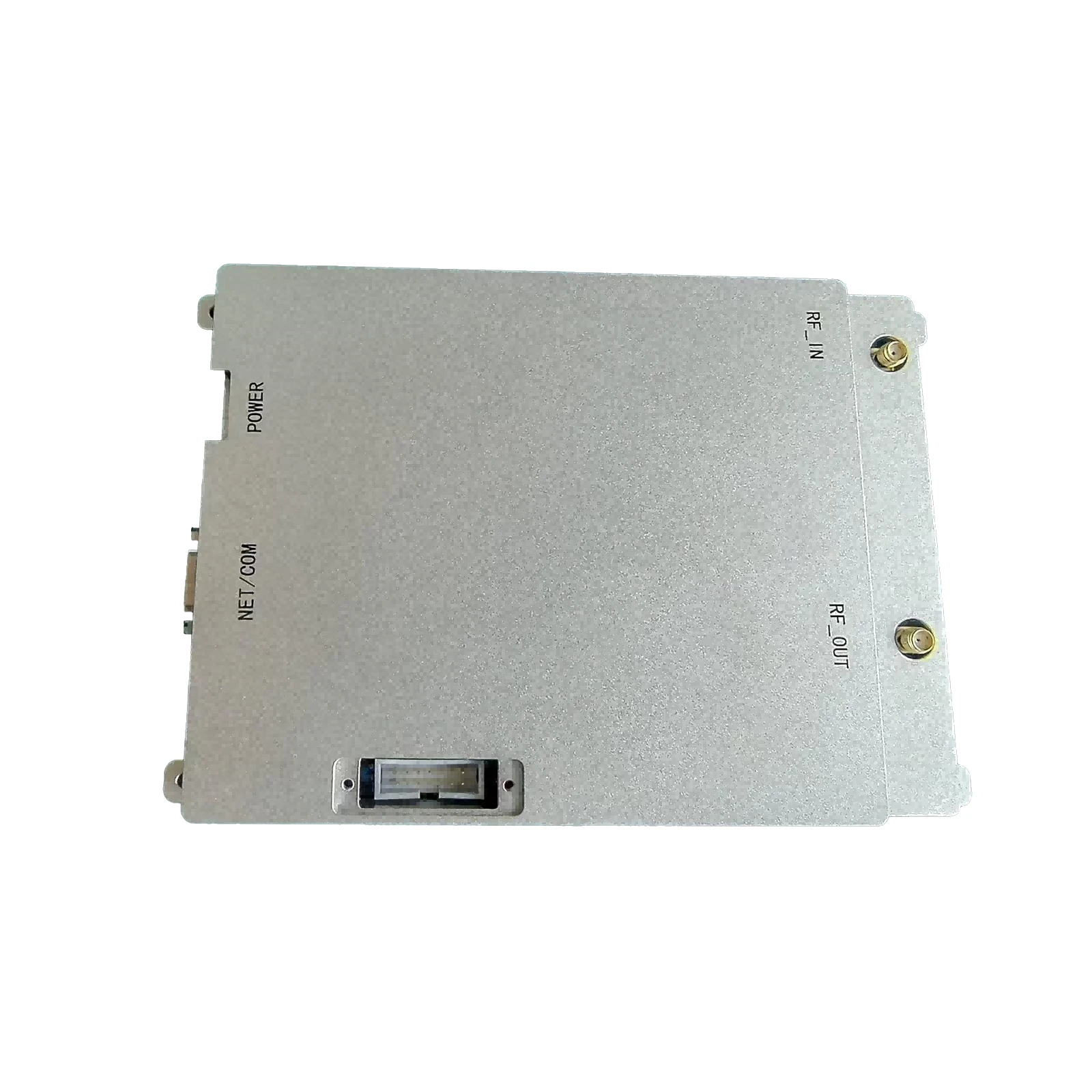Understanding Broadband RF and Microwave Amplifiers – Applications, Trends & Benefits
Broadband RF and Microwave Amplifiers: Why They Matter Today
At its core, broadband RF and microwave amplifiers are the unsung heroes that power modern wireless communication, radar systems, and satellite networks. They don’t often get the spotlight, but when you think about the way data zips around the globe — from your smartphone’s 5G signal to deep-space probes beaming back information — you’re really seeing these amplifiers in action. Understanding their role is essential if you want to grasp how our connected world sustains its rapid pace, especially given the global push for better broadband and more resilient wireless infrastructure.
It’s fascinating: according to the International Telecommunication Union (ITU), over 5 billion people now rely on wireless services daily. And with increasing demand for broader frequency ranges and higher data throughput, the significance of advanced amplifiers can’t be overstated.
Setting the Stage: The Global Need for Superior Amplifiers
From bustling megacities in Asia to remote research stations in Antarctica, the demand for reliable RF and microwave amplification is rising sharply. Why? Because as wireless technologies grow more complex — think 5G networks, IoT sensors, radar imaging — the components that support signal strength without undue noise become mission-critical.
Consider this: The global microwave components market is expected to hit $10 billion by 2027 (source: MarketsandMarkets). Yet, there’s a persistent challenge — how to build amplifiers that deliver wideband coverage, low power consumption, and high amplification, all at once. This isn’t just a niche engineering problem; it impacts sectors as diverse as disaster relief communications, autonomous vehicle sensing, and space exploration.
What Exactly Are Broadband RF and Microwave Amplifiers?
Put simply, these are electronic devices that boost weak radio frequency (RF) and microwave signals across a wide spectrum of frequencies. Unlike narrowband amplifiers, which target a single frequency band, broadband variants can amplify signals spanning a considerable range without distorting them. This capability is crucial for systems that operate over multiple frequencies or channels.
These amplifiers link seamlessly with everything from satellite communications to radar systems used in weather forecasting, air traffic control, and even humanitarian search-and-rescue operations. By strengthening the signals, they help extend communication ranges and improve signal clarity — ultimately saving lives and enabling smarter technology.
Core Components and Key Factors in Broadband Amplifier Design
1. Frequency Range and Bandwidth
The wider the frequency band an amplifier can cover, the more versatile it is. Engineers strive to design broadband amplifiers that handle multiple GHz of spectrum — necessary for applications like multi-band 5G or military communication systems.
2. Gain and Linearity
Gain describes how much an amplifier can boost a signal, but it must do so without introducing distortion. Linearity ensures the output faithfully represents the input, critical for minimizing errors in communication links.
3. Noise Figure
No amplifier is perfect; they always add some noise. The noise figure quantifies this degradation. Low noise figures are prized because they mean cleaner, more reliable signals.
4. Power Handling and Efficiency
In practical terms, an amplifier must handle the power levels needed by applications without overheating or wasting energy. This is where materials like Gallium Nitride (GaN) or Silicon Carbide (SiC) are changing the game.
5. Durability and Environmental Resistance
Many amplifiers are deployed in harsh conditions — from offshore platforms to desert radar stations. Robust casing, moisture resistance, and thermal management are critical aspects.
6. Scalability and Integration
Modern systems demand amplifiers that can be easily integrated into modules or scaled up for bigger projects without sacrificing performance.
Where in the World Do These Amplifiers Shine?
The applications are vast, and the impact, palpable:
- Satellite Communications: Enabling consistent data downlinks for remote sensing or global internet coverage (think Starlink).
- Military and Defense: Supporting radar surveillance and secure wireless communications across broad frequency bands.
- Disaster Relief and Humanitarian Aid: In post-catastrophe zones where infrastructure is wrecked, portable amplifiers maintain crucial communication links.
- Industrial IoT: Remote industrial zones in places like Australia’s Outback or Siberia rely on broadband amplifiers to keep sensor networks alive.
- Aerospace Exploration: Tracking spacecraft and transmitting telemetry data over vast distances.
Oddly enough, the same technology that guides drones or unmanned vehicles plays a role in everyday life — from your mobile phone to emergency responders.
Product Specification Table: Typical Broadband RF and Microwave Amplifier
| Specification | Typical Value | Notes |
|---|---|---|
| Frequency Range | 2–18 GHz | Broadband coverage for multi-band use |
| Gain | 20–30 dB | High enough for effective signal boosting |
| Noise Figure | Low noise for better signal quality | |
| Power Output (P1dB) | +25 dBm (approx. 300 mW) | Sufficient for most field applications |
| Power Consumption | 5–10 W | Efficiency varies by technology |
| Dimensions | 100 x 60 x 20 mm | Compact for integration |
How Do Vendors Stack Up? A Quick Comparison
| Company | Frequency Range | Power Output | Typical Cost | Notable Feature |
|---|---|---|---|---|
| Amplitech Co. | 1 – 20 GHz | +28 dBm | $450 | GaN-based, rugged design |
| WaveMaster Inc. | 2 – 18 GHz | +25 dBm | $380 | Low noise figure, compact |
| Skyline Electronics | 0.5 – 15 GHz | +23 dBm | $320 | Cost-effective, wideband coverage |
Advantages and Long-Term Value of Broadband RF and Microwave Amplifiers
Getting this technology right isn’t just about the next shiny gadget. It directly impacts safety, quality of life, and technological progress. Amplifiers that deliver clean amplification over broad bands pave the way for:
- Cost Efficiency: By reducing the need for multiple single-band devices, broadband amplifiers streamline hardware and maintenance.
- Reliability: Engineers often say a system is only as good as its weakest component — and these amplifiers usually set the tone.
- Social Impact: Think about remote communities finally getting solid broadband internet or emergency teams coordinating in disaster zones without signal dropouts.
- Innovation: They enable new wireless standards and experimental applications — like drone arrays or next-generation radar imaging.
Looking Ahead: Future Trends in Broadband RF and Microwave Amplifiers
Technology doesn’t stand still. We’re on the cusp of several exciting shifts:
- Material Innovation: Gallium Nitride (GaN) and Silicon Carbide (SiC) are providing better efficiency and thermal performance.
- Green Tech & Sustainability: Reducing power consumption is rising in priority, along with designing for recyclability.
- AI and Smart Amplifiers: Self-adjusting systems that optimize gain dynamically could become commonplace.
- Integration with Digital Platforms: Amplifiers may soon be part of software-defined radio ecosystems, offering flexibility unheard of a decade ago.
Challenges and How Experts Are Tackling Them
Not all sunshine and roses, right? Current challenges include:
- Thermal Management: Amplifiers can heat up fast — cooling solutions are often bulky or power-hungry.
- Manufacturing Costs: High-performance materials like GaN remain expensive, limiting access.
- Frequency Interference: Avoiding crosstalk in ultra-wideband designs is tricky.
- Integration Complexity: Designed for flexibility but sometimes hard to embed in compact, multi-function modules.
Solutions in development involve passive cooling innovations, novel substrate designs, and open-source amplifier modules for easier customization.
FAQ: Quick Answers About Broadband RF and Microwave Amplifiers
- Q: How do broadband amplifiers differ from traditional narrowband ones?
- A: Broadband amplifiers cover a wide frequency range, maintaining consistent gain and low noise across this spectrum. Narrowband versions focus on one specific frequency or small band, optimized for that range only, limiting versatility.
- Q: What industries most rely on microwave amplifiers?
- A: Beyond telecommunications, aerospace, defense, remote sensing, and emergency response heavily depend on these amplifiers to maintain reliable wireless and radar communication.
- Q: Can these amplifiers be used in harsh environments?
- A: Absolutely. Many broadband amplifiers are engineered for extreme temperatures, moisture, and vibration — especially military-grade ones designed for field deployment.
- Q: Is it expensive to upgrade to broadband amplifier systems?
- A: Initial costs might be higher compared to single-band devices, but the flexibility and reduced need for multiple separate components often lead to lower total costs over time.
- Q: Where can I learn more about advanced amplifier technologies?
- A: Industry standards bodies like IEEE, and resources like broadband rf and microwave amplifiers offer great insights, alongside technical journals and manufacturer whitepapers.
Wrapping It Up
In the grand scheme, broadband RF and microwave amplifiers are quietly revolutionizing how humanity stays connected, reaches out, and innovates. Their broad capability, reliability, and evolving technology create a foundation for future-proof communications — whether in crowded cities, deserts, or orbiting satellites above. If you want to explore more about how these amplifiers could elevate your next project or solution, visit our website and dive deeper into the latest in broadband RF and microwave technologies.
Sometimes, the things behind the scenes are actually the brightest stars of modern tech — and broadband RF and microwave amplifiers definitely fit that bill.
References
-
09 March 2021 24 Nov 2025
-
09 March 2021 24 Nov 2025
-
09 March 2021 24 Nov 2025
-
09 March 2021 23 Nov 2025
-
09 March 2021 23 Nov 2025
-
09 March 2021 21 May 2025
-
09 March 2021 25 Dec 2024
-
09 March 2021 14 Oct 2022
-
09 March 2021 25 Dec 2024




